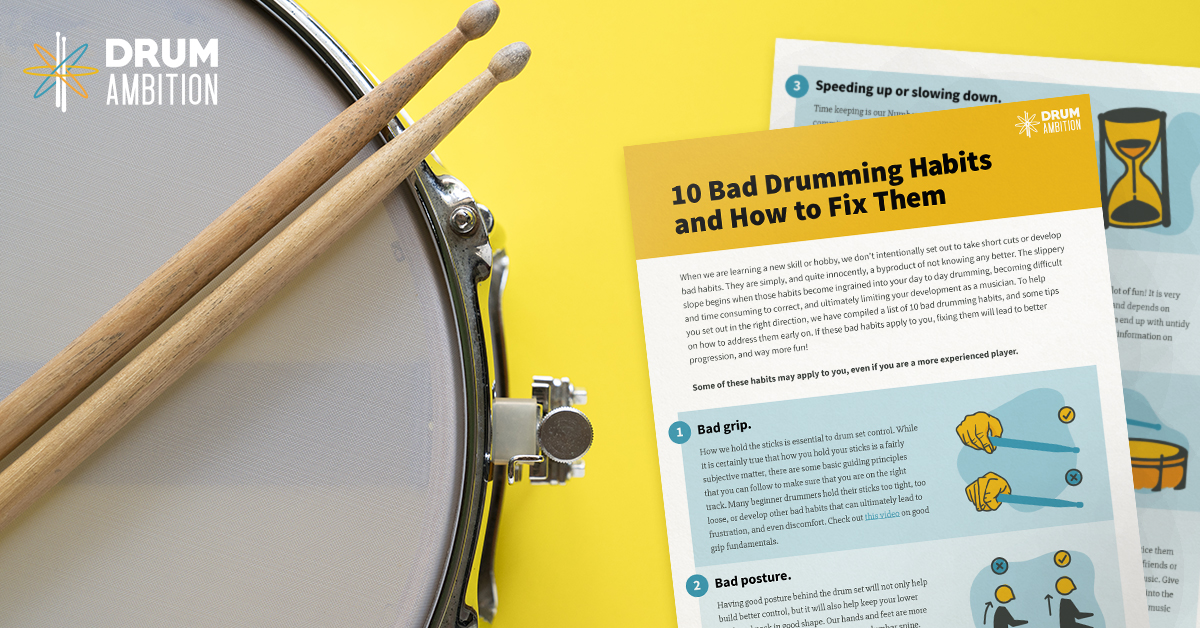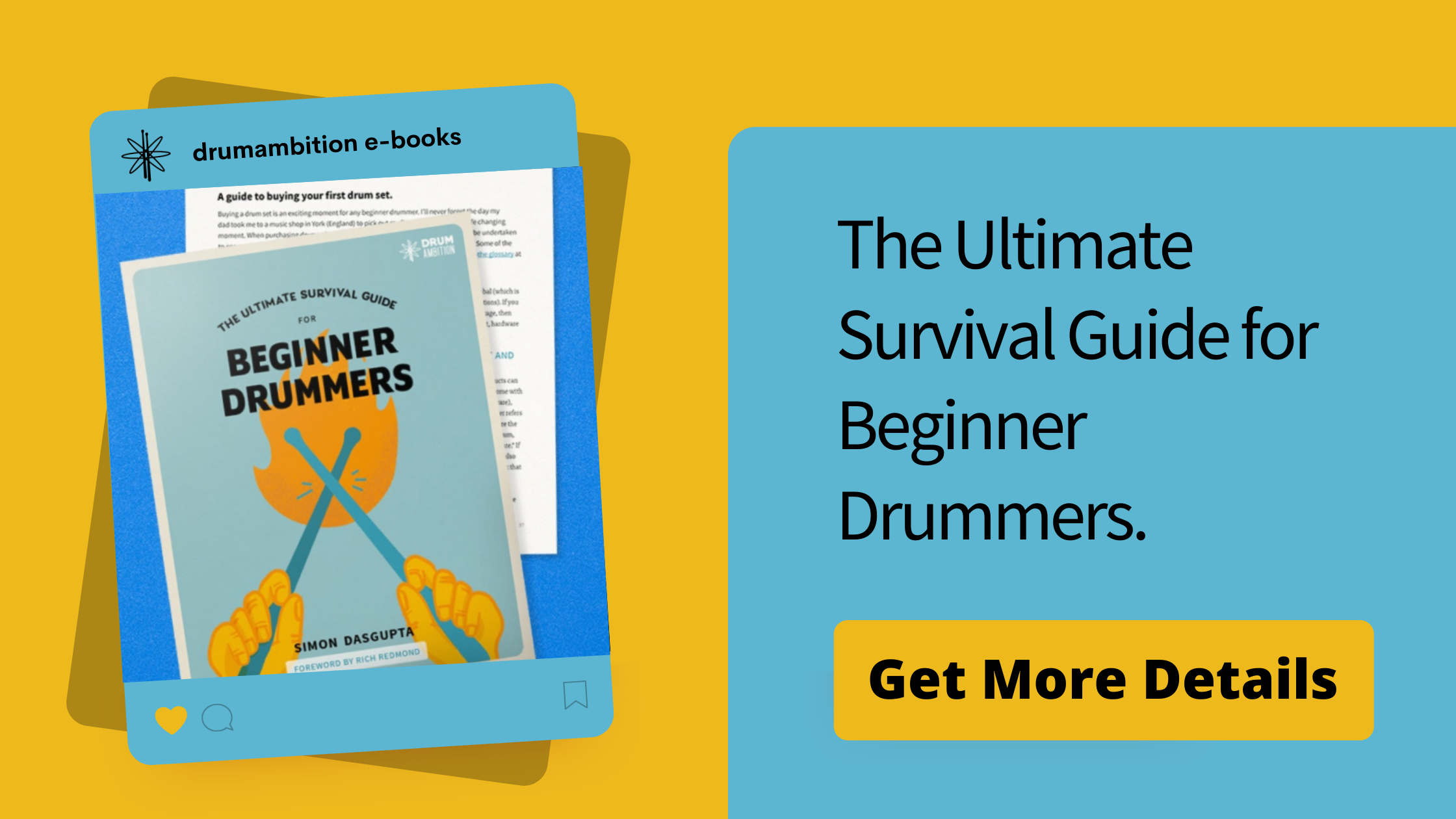Shopping online for drums can be a minefield for first-time buyers. The gulf in pricing for what looks like similar products can be confusing for newbie drum shoppers, but understanding the fundamental differences in the quality of drum shells and aesthetics will make the experience more understandable.
We are here to help! If you are ready to buy drums, our guides on buying your first set, choosing between electric and acoustic drums, and common mistakes to avoid when purchasing drum sets online can help point you in the right direction. Reading this article will help you understand the price points and make informed decisions.
Helpful related articles:
A guide to buying your first drum set.
Consider this: You are looking at two drum sets online, or perhaps you are at your local retailer. Both sets have a bass drum, a snare drum, and three toms. One is priced at $399, and the other at $3,999. There are other sets with the same components that fall between these prices. How can this be?
If any of the following terms are new to you, be sure to check out our free glossary.
Drum shell construction.
If you strip an acoustic drum bare of the drum heads, rims, tension bolts, and lugs, you are left with the shell. Bass drums, toms, and many snare drums have a wood construction, and the build quality has a significant impact on cost. Starter drum sets at the lower end of the price spectrum tend to be made from plywood or basswood, while the intermediate to advance level sets favor maple, birch, mahogany, and oak. The better quality the wood, the better your drums will sound, and the more expensive your set is likely to be.
A drum shell's thickness is measured in individual plies. In other words, one thin layer of wood is attached to another to form multiple plies. While much depends on the shell's thickness, the general rule of thumb is that different wood types produce different sounds. For example, maple is warm and resonant, while birch is more cutting with a shorter decay, meaning it rings less. It's tough to think of sound in descriptors such as these, particularly if you are new to drumming. The best thing you can do is try them out at your local retailer or listen to sound samples on the manufacturer's websites. The same applies to snare drums that have metal shells instead of wood. While steel is by far the most common, and thus typically at the lower end of the price range, more expensive metals can add to the cost, such as brass, copper, aluminum, nickel, higher grade steel, and bronze. Again, each metal has a different sound nuance, which needs to be heard.
Drum finishes.
The way your drums look is referred to as the finish. There are typically four common types of finish, ranging from plastic wrap (the most economical) to oils (more expensive), lacquers (more expensive still), and exotic finishes (the most costly). The plastic wrap option is the most economical - these are found on drums of all levels, from simple colors to plush sparkles. Oils tend to have a matte finish and range once again from simple colors to burst and fade finishes (where a darker color fades to a lighter color). Lacquer shells are beautiful painted finishes sealed with a clear lacquer and range from colors to fades, bursts, and even sparkles. Like oil finishes, it is possible to see the natural grain of the wood on drums that have been finished with a lacquer. Exotic finishes are where shells are constructed from rare exotic woods with a unique grain pattern, such as burl maple or spider pine. These unique woods can be color stained and lacquered and represent the most expensive finishes.
Many drum manufacturers will tell you that the type of finish affects the sound. In our opinion, this is marginal at best. It is more of an aesthetic feature rather than a sonic one. If you have a good shell and good drum heads, a drum will sound good, irrespective of whether it has a plastic wrap or a swanky lacquer.
Other factors.
While the shell construction and the finish determine the bulk of a drum set's price, there are some other factors to consider. Are the rims, hoops, and bolts stainless steel, or are they chrome over steel? The latter is less expensive and more likely to rust or tarnish over time if not properly maintained. The rims and nut boxes might be a custom finish, such as brass, gold plated, or nickel. These can add to the cost and can be found on high-end drum sets. Are the drum heads a brand name like Evans, Remo, or Aquarian, or are they a nondescript generic brand? The latter is found on beginner-level drum sets and well worth an immediate upgrade. Is the drum set manufactured in your home country or produced abroad? The majority are made in China and Taiwan, and the shipping, import duty, and other related taxes are all factored into the price. Does the drum set include the hardware (pedals, stands, and seat), or is it just a shell pack? Does the drum set come with a cymbal pack? While starter drum sets often do (albeit usually worth an immediate upgrade), most intermediate sets do not. Professional level drums never come with cymbals unless packaged and bundled together by a retailer. Most beginners pitch in at the lower end of the price scale until they are sure that drums will be a long-term commitment. If this is the case for you, then fear not. There are many ways to make a starter drum set to sound great.
Electronic drums.
There is also a significant price difference between entry-level electronic drums and top-of-the-line models. Starter electric sets usually have a basic module with limited sound options and undersized pads mostly made from plastic or rubber. More expensive models have a superior sound module, larger mesh or natural feel rubber pads, and a more substantial rack for better positioning. Check out this article for more information. Remember that electronic drums rarely come with speakers, bass drum pedals, or a seat unless expressly stated in the product description. These are considered additional purchases and may be offered in a bundle by your retailer.
We are here to help.
If you have any questions about this article, please feel free to email [email protected].



